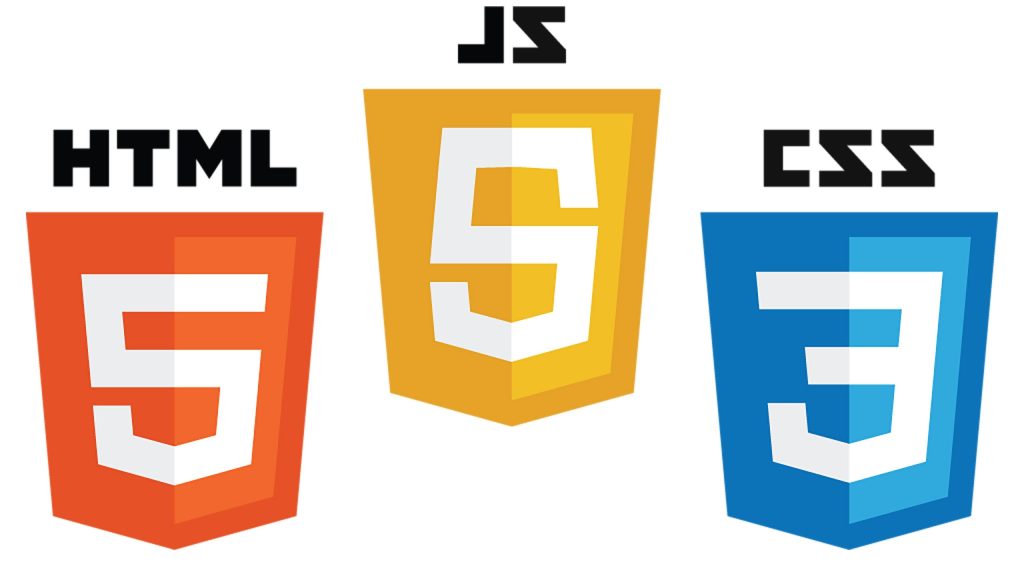
Short Answer: Yes, for a basic website. If you want something that talks to the server – i.e. for posting comments, a login system, etc. – you also need something like php and mysql for a database. Or you can just use a website builder like UltimateWB that does the coding for you.
Long Answer:
Yes, HTML, CSS, and JavaScript are the fundamental technologies used to create and build websites. Here’s a brief overview of each:
HTML (Hypertext Markup Language):
- HTML is the standard markup language used to create the structure and content of a web page.
- It provides a set of elements or tags that define the different parts of a webpage, such as headings, paragraphs, images, links, and more.
- HTML serves as the backbone of a web page, organizing and defining the content’s structure.
Example HTML code for a simple webpage structure:
<!DOCTYPE html> <html> <head> <title>My First Webpage</title> </head> <body> <h1>Hello, World!</h1> <p>This is a simple webpage created with HTML.</p> </body> </html>CSS (Cascading Style Sheets):
- CSS is a styling language used to control the presentation and layout of HTML elements.
- It allows you to define styles, such as colors, fonts, spacing, and positioning, to enhance the visual appeal of your web page.
- CSS can be applied internally within an HTML document, externally as a separate stylesheet, or inline directly within HTML elements.
Example CSS code to style the HTML from the previous example:
body { font-family: Arial, sans-serif; background-color: #f2f2f2; margin: 20px; } h1 { color: #333; } p { color: #666; }JavaScript:
- JavaScript is a programming language that enables interactivity, dynamic behavior, and manipulation of the Document Object Model (DOM) within a webpage.
- It allows you to create features like form validation, animations, and responsive interactions.
- JavaScript can be included directly in HTML documents or as external script files.
Example JavaScript code to add interactivity:
document.addEventListener('DOMContentLoaded', function() { var heading = document.querySelector('h1'); heading.addEventListener('click', function() { alert('You clicked the heading!'); }); });Combining HTML, CSS, and JavaScript allows you to create fully functional and interactive websites – to a point. Many modern websites leverage additional libraries and frameworks built on top of these technologies for enhanced development capabilities.
Client-Side vs Server-Side Languages…add in some PHP/MySQL
JavaScript is a client-side scripting language, meaning it runs directly in the web browser on the user’s device. Its primary role is to enhance the user experience by providing dynamic and interactive features within the browser, such as form validation, image sliders, and real-time updates. However, JavaScript is inherently limited in terms of data manipulation and server communication due to security concerns.
For server-side functionalities, such as handling databases, processing form submissions, and managing user authentication, server-side languages like PHP, coupled with a database system like MySQL, are commonly employed. Server-side languages operate on the web server and can handle sensitive operations securely, interacting with databases, performing server-level computations, and generating dynamic content based on user requests. This combination of client-side and server-side technologies allows for the development of robust and feature-rich web applications.
Got a techy/website question? Whether it’s about UltimateWB or another website builder, web hosting, or other aspects of websites, just send in your question in the “Ask David!” form. We will email you when the answer is posted on the UltimateWB “Ask David!” section.



